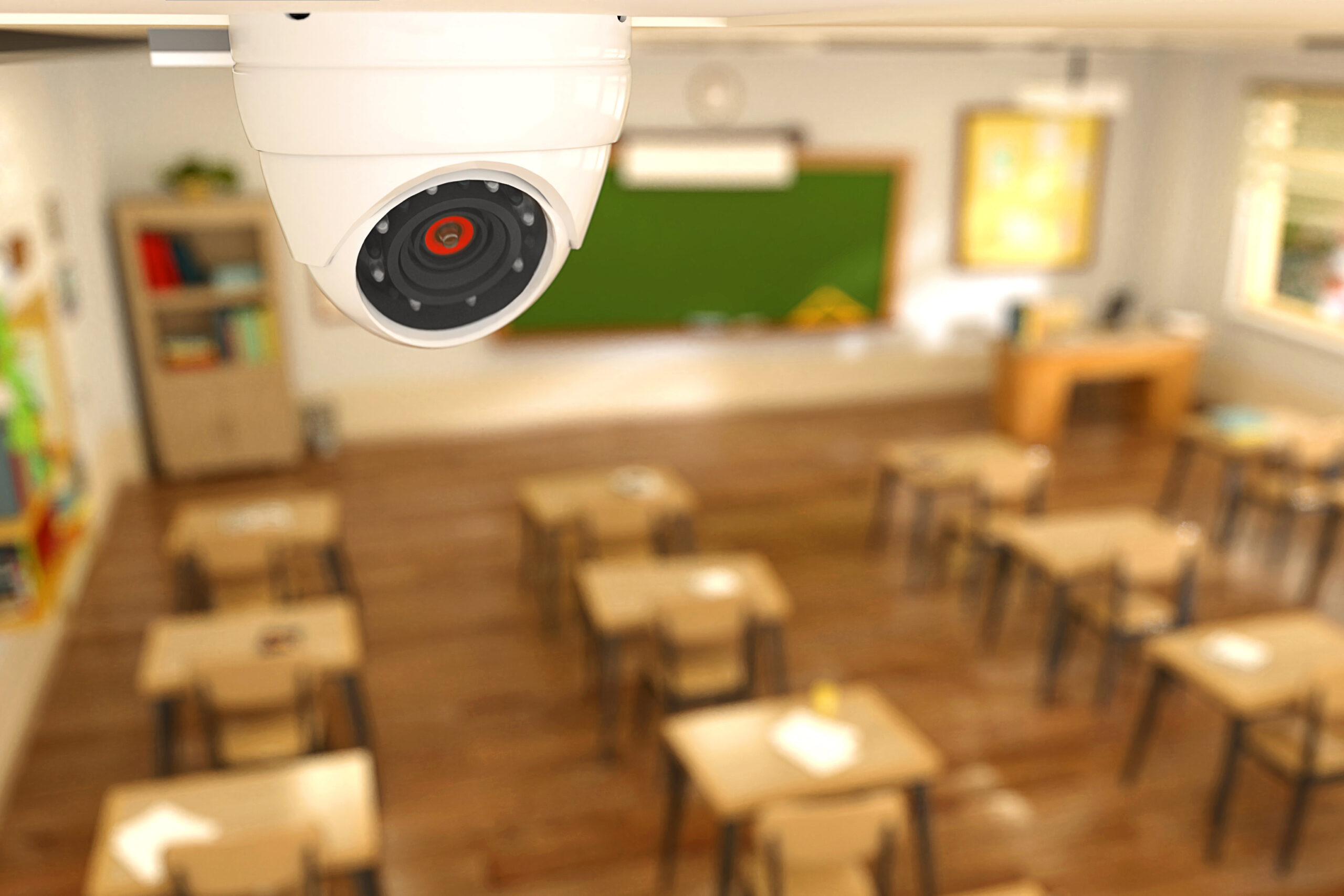Higher Education Student Safety and Liability
The extent to which colleges and universities are liable for student safety is an issue that has undergone drastic change in recent decades, resulting in conflicting court decisions and a lack of clarity in the limits of the law. Since universities could potentially be liable for harm to students for negligence, it is crucial to acknowledge risks and take steps to prevent litigation.
Recent Court Decisions
The area in tort liability that is of most concern for institutions of higher education is negligence. Common cases in which institutions of higher education have been found responsible for harm to students due to negligence include the following types of circumstances:
- When a potentially dangerous physical condition exists (such as faulty locks on dormitories) and repairs are not made
- When colleges know about and address in policy statements a prevailing dangerous student practice (such as hazing) but do not make reasonable effort to stop or limit such practices
- Officials are aware of a specific dangerous activity where injury results, but do not take reasonable steps to limit the possibility of foreseeable danger
Risk Management to Prevent Liability
Being proactive about student safety is one of the best ways an institution of higher education can protect itself against lawsuits, especially where there is a recognized risk. If you have taken steps to protect students from harm, it is important that you are continually proactive about protecting them from this harm to prevent claims of negligence. For example, fences around a campus could represent a voluntary assumption of duty to protect students from intruders. Policies prohibiting a certain student behavior could represent your assumption of duty to proactively police this behavior—and if you don’t, you could be held liable for injuries that result from it. Understanding the risks that exist for your students and taking action to protect them will not only promote a safe and happy campus; it will protect you from costly litigation.
Transferring Risk with Insurance
In addition to taking proactive steps, a General Liability Insurance policy provides coverage for claims of bodily injury and property damage arising from negligent actions. It is important to understand exclusions to coverage, which might include the following:
- Expected or intended injury
- The business of selling, serving or furnishing alcohol
Contact Us Today
At INSURICA, we can help you identify possible liability exposures and formulate effective prevention plans while securing the right liability coverage for your facility. Visit our locations page to find an agent near you.
This Risk Insights is not intended to be exhaustive nor should any discussion or opinions be construed as legal advice. Readers should contact legal counsel or an insurance professional for appropriate advice. © 2010 Zywave, Inc. All rights reserved.
About the Author
Share This Story
Related Blogs
Enhancing School Security: Practical Strategies for Safer Campuses
Enhancing school security is one of the most pressing responsibilities for education leaders today. As school campuses evolve, so too must the systems that protect them. For administrators, safety professionals, and district decision-makers, creating a secure learning environment means taking a proactive, layered approach that includes physical security, training, technology, and community involvement.
5 Common Cybersecurity Mistakes and How to Avoid Them
All organizations, regardless of their size or industry, are at risk of being targeted by cybercriminals. These malicious actors can conduct cyberattacks, leading to significant financial, operational and reputational damage that can be difficult or impossible to recover from. Fortunately, solid cyber hygiene practices can reduce the likelihood of data breaches and other cyber incidents from occurring, and many of these practices are relatively low-cost and easy to implement.
Insurance Coverage Basics For Boatowners
A small boat, such as a canoe or other un-motorized boat, is typically covered under the personal property portion of your homeowners insurance policy. If you own a larger, faster boat, you'll need a separate boatowners insurance policy. A typical boatowners insurance policy is designed to protect your boat, motor, equipment, and passengers. It affords similar coverages to those you typically have for your car including:








